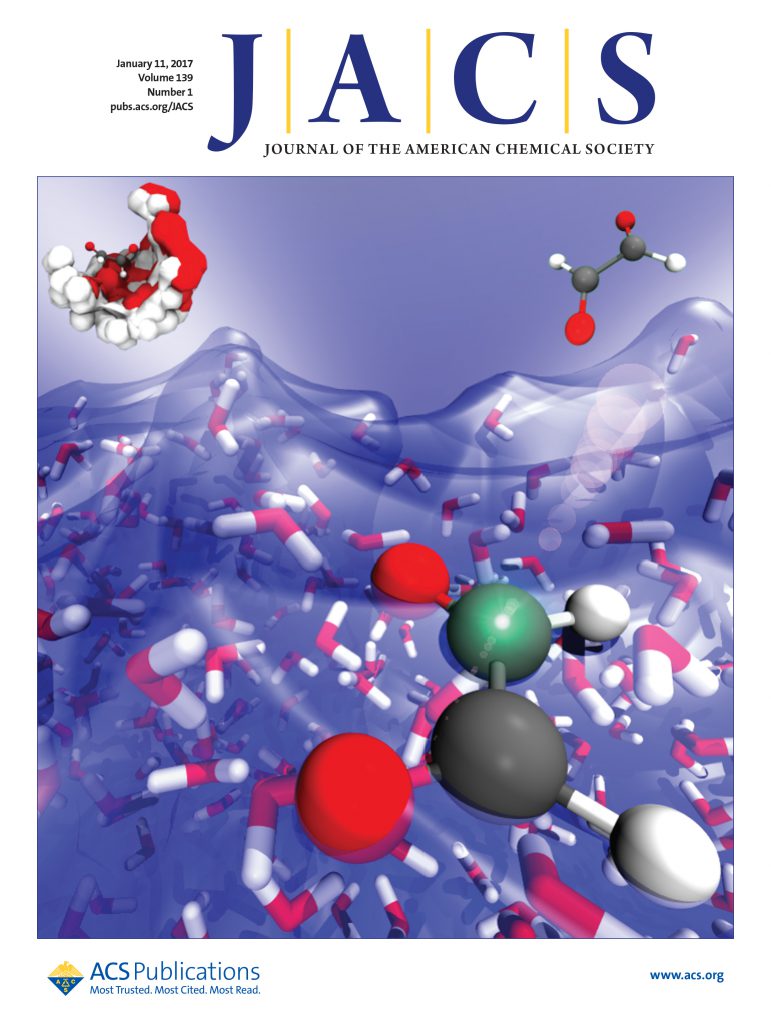Molecular Design Principles for Photoactive Transition Metal Complexes: A Guide for “Photo-Motivated” Chemists
IF 15.6
1区 化学
Q1 CHEMISTRY, MULTIDISCIPLINARY
引用次数: 0
Abstract
Luminescence and photochemistry involve electronically excited states that are inherently unstable and therefore spontaneously decay to electronic ground states, in most cases by nonradiative energy release that generates heat. This energy dissipation can occur on a time scale of 100 fs (∼10–13 s) and usually needs to be slowed down to at least the nanosecond (∼10–9 s) time scale for luminescence and intermolecular photochemistry to occur. This is a challenging task with many different factors to consider. An alternative emerging strategy is to target dissociative excited states that lead to metal–ligand bond homolysis on the subnanosecond time scale to access synthetically useful radicals. Based on a thorough review at the most recent advances in the field, this article aims to provide a concise guide to obtaining luminescent and photochemically useful coordination compounds with d-block elements. We hope to encourage “photo-motivated” chemists who have been reluctant to apply their synthetic and other knowledge to photophysics and photochemistry, and we intend to stimulate new approaches to the synthetic control of excited state behavior.

光活性过渡金属配合物的分子设计原则:“光激发”化学家指南
发光和光化学涉及本质上不稳定的电子激发态,因此在大多数情况下通过产生热量的非辐射能量释放自发衰减到电子基态。这种能量耗散可以在100 fs (~ 10-13 s)的时间尺度上发生,通常需要减慢到至少纳秒(~ 10-9 s)的时间尺度才能发生发光和分子间光化学反应。这是一项具有挑战性的任务,需要考虑许多不同的因素。另一种新出现的策略是靶向解离激发态,导致金属-配体键在亚纳秒时间尺度上均解,以获得合成有用的自由基。本文在综述该领域最新进展的基础上,旨在为获得具有d-嵌段元素的发光和光化学用途的配位化合物提供简明的指南。我们希望鼓励那些不愿意将他们的合成和其他知识应用于光物理和光化学的“光激发”化学家,我们打算激发新的方法来合成控制激发态行为。
本文章由计算机程序翻译,如有差异,请以英文原文为准。
求助全文
约1分钟内获得全文
求助全文
来源期刊
CiteScore
24.40
自引率
6.00%
发文量
2398
审稿时长
1.6 months
期刊介绍:
The flagship journal of the American Chemical Society, known as the Journal of the American Chemical Society (JACS), has been a prestigious publication since its establishment in 1879. It holds a preeminent position in the field of chemistry and related interdisciplinary sciences. JACS is committed to disseminating cutting-edge research papers, covering a wide range of topics, and encompasses approximately 19,000 pages of Articles, Communications, and Perspectives annually. With a weekly publication frequency, JACS plays a vital role in advancing the field of chemistry by providing essential research.

 求助内容:
求助内容: 应助结果提醒方式:
应助结果提醒方式:


